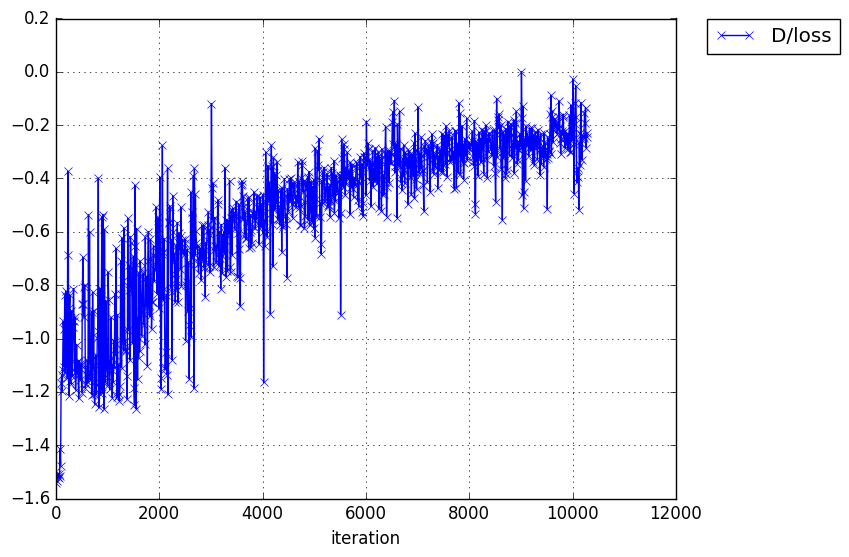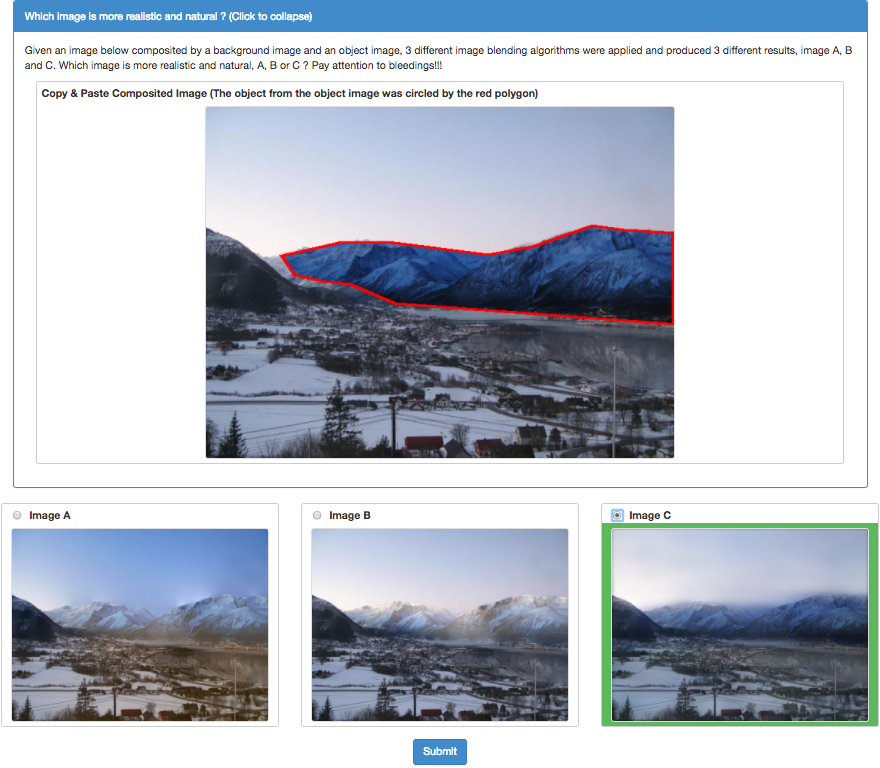[Project] [Paper] [Related Work: A2RL (for Auto Image Cropping)]
Official Chainer implementation of GP-GAN: Towards Realistic High-Resolution Image Blending
| source | destination | mask | composited | blended |
|---|---|---|---|---|
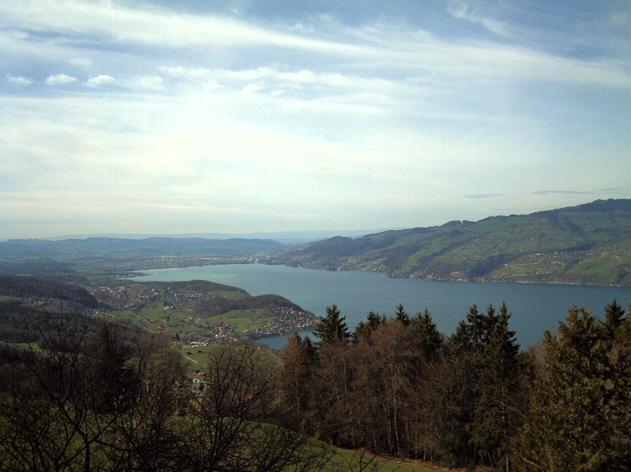 |
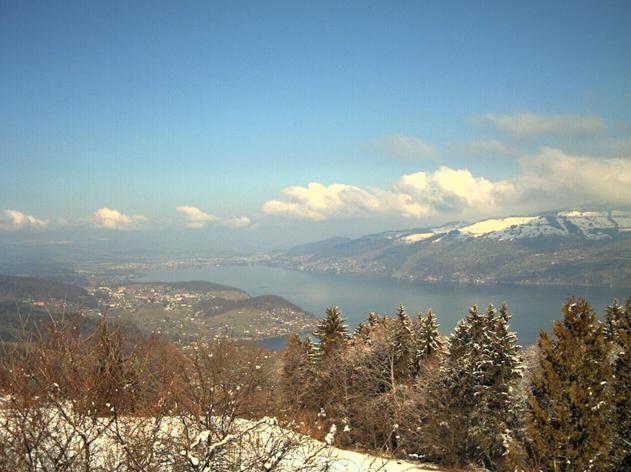 |
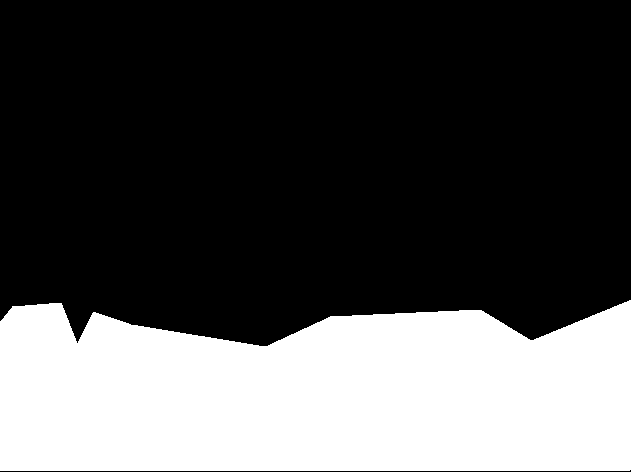 |
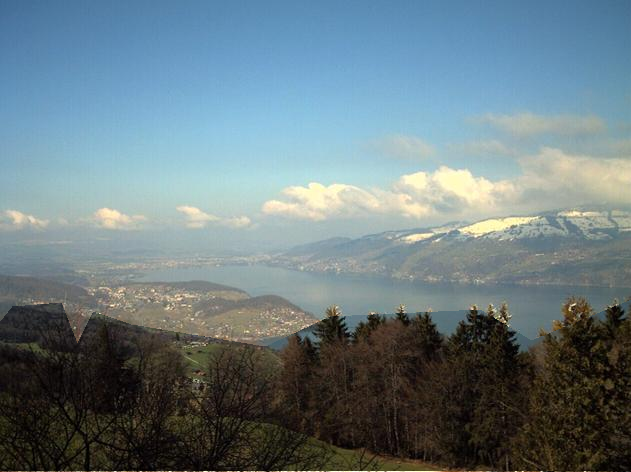 |
 |
GP-GAN (aka. Gaussian-Poisson GAN) is the author's implementation of the high-resolution image blending algorithm described in:
"GP-GAN: Towards Realistic High-Resolution Image Blending"
Huikai Wu, Shuai Zheng, Junge Zhang, Kaiqi Huang
Given a source image, a destination image and a mask, our algorithm could blend the two images given the mask and generate high-resolution and realsitic results. Our algorithm is based on deep generative models such as Wasserstein GAN.
Contact: Hui-Kai Wu (huikaiwu@icloud.com)
- Install the python libraries. (See
Requirements). - Download the code from GitHub:
git clone https://github.com/wuhuikai/GP-GAN.git
cd GP-GAN-
Download the pretrained models
blending_gan.npzandunsupervised_blending_gan.npzfrom Google Drive, then put them inmodels. -
Run the python script:
python run_gp_gan.py --src_image images/test_images/src.jpg --dst_image images/test_images/dst.jpg --mask_image images/test_images/mask.png --blended_image images/test_images/result.png| Mask | Copy-and-Paste | Modified-Poisson | Multi-splines | Supervised GP-GAN | Unsupervised GP-GAN |
|---|---|---|---|---|---|
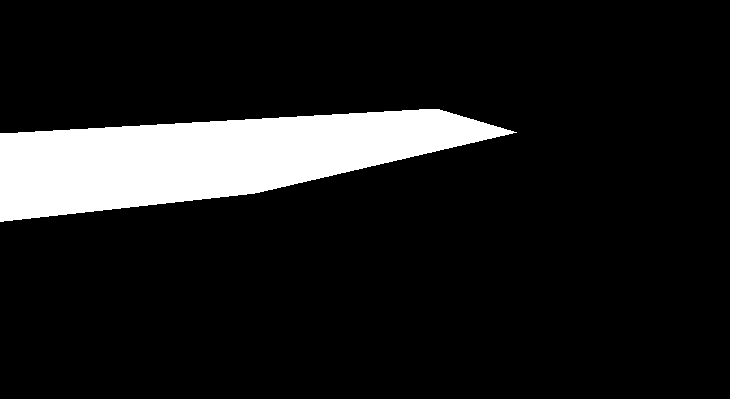 |
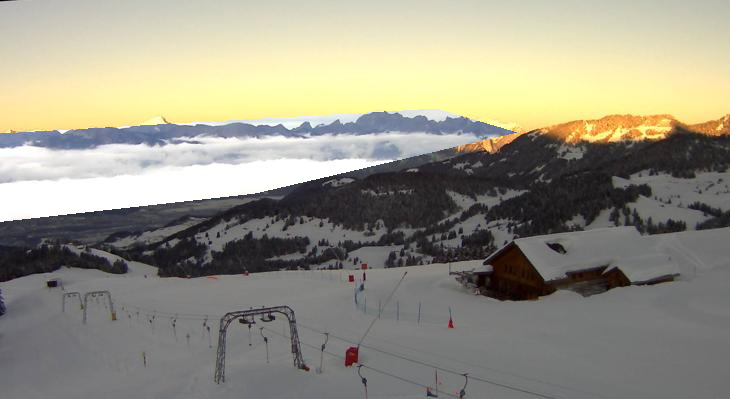 |
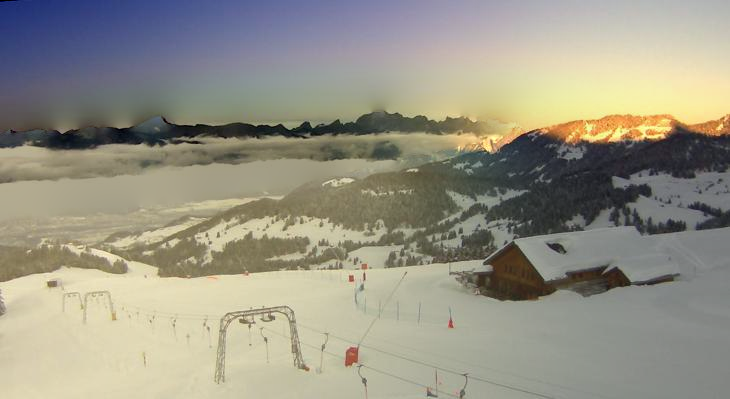 |
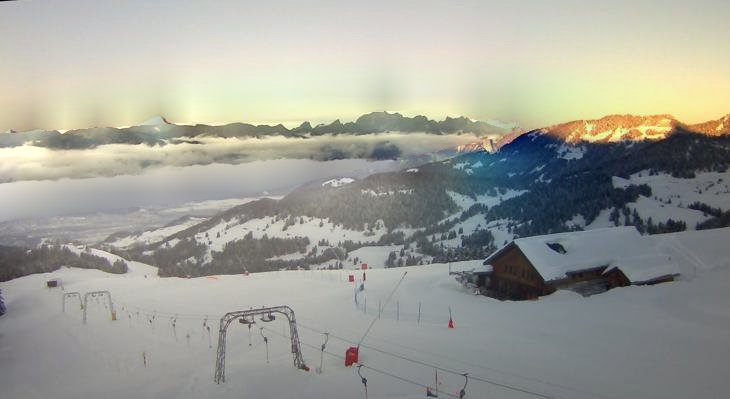 |
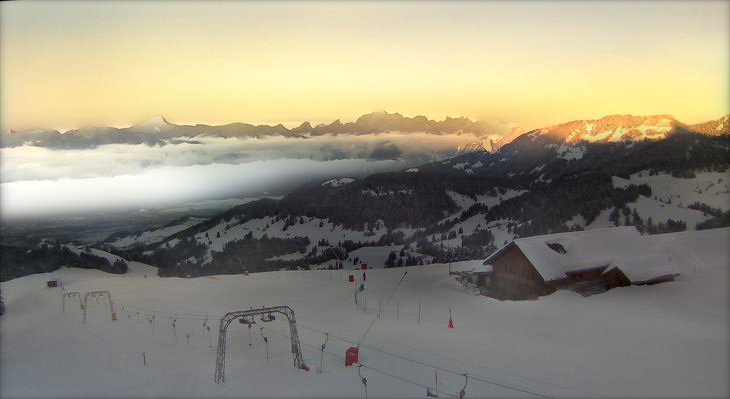 |
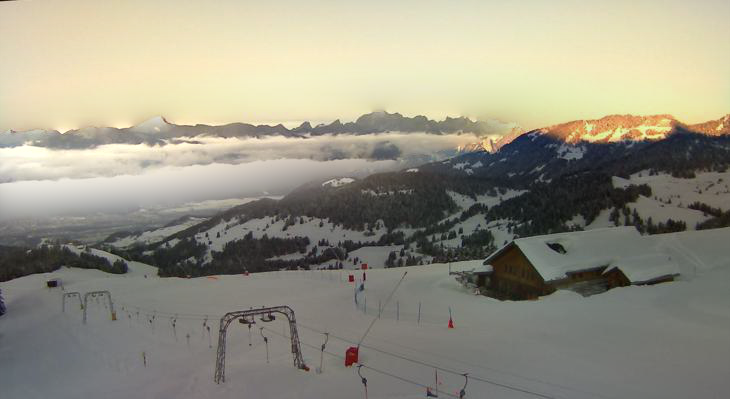 |
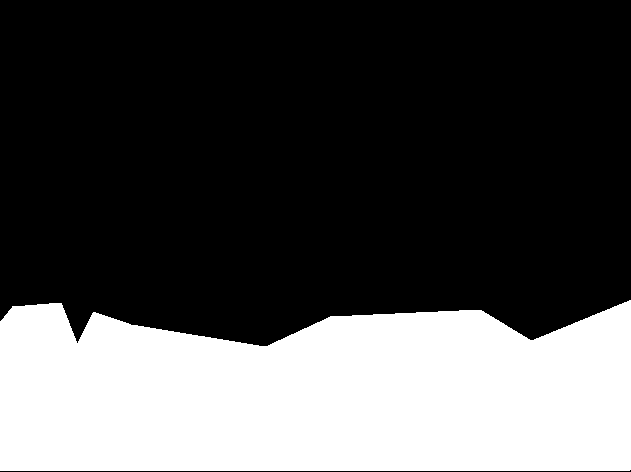 |
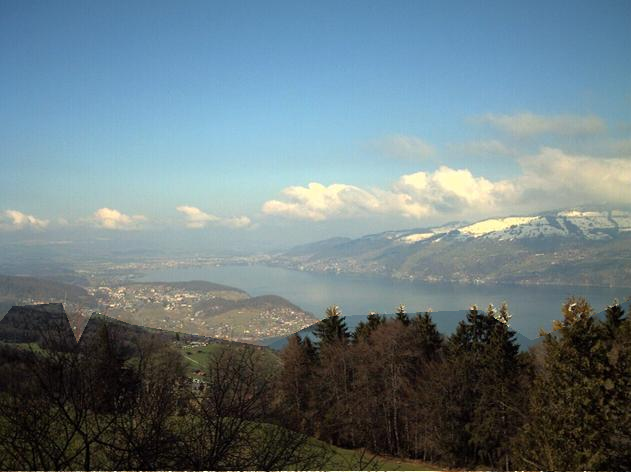 |
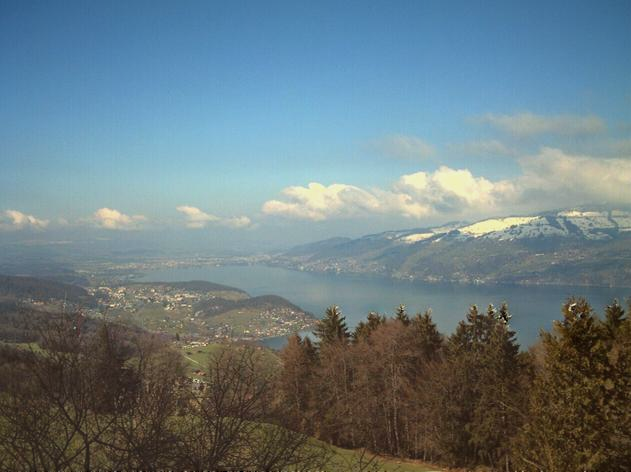 |
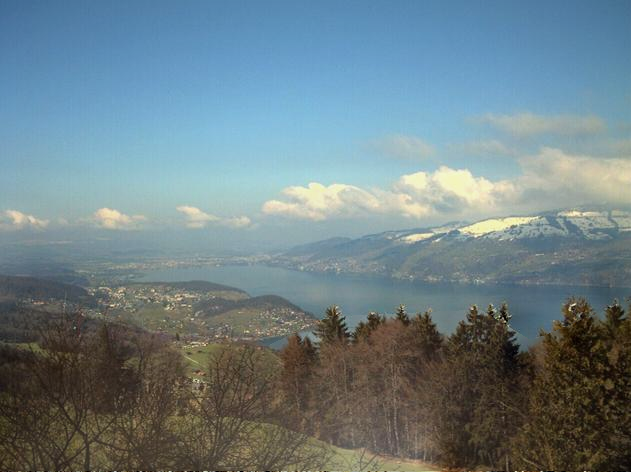 |
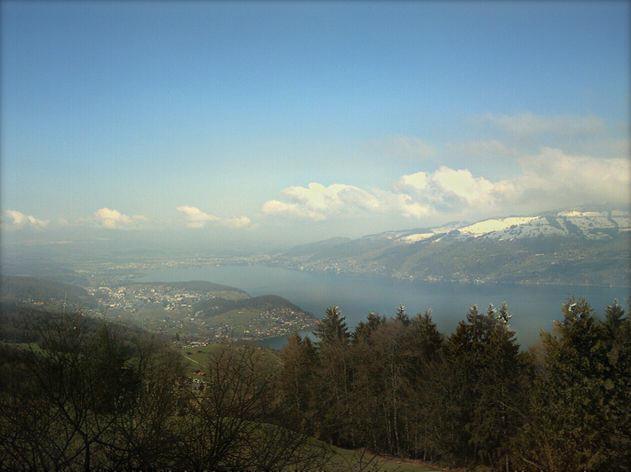 |
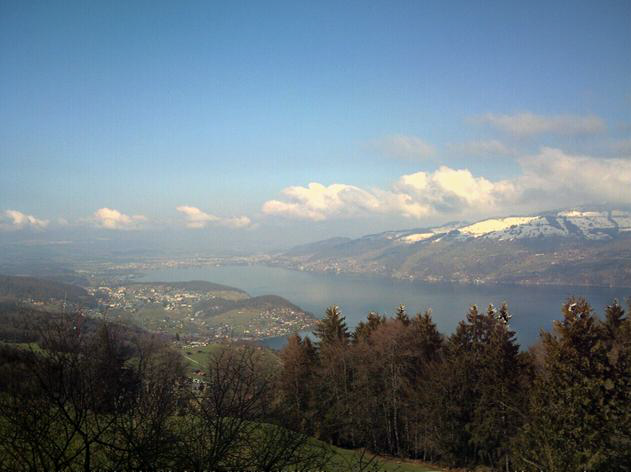 |
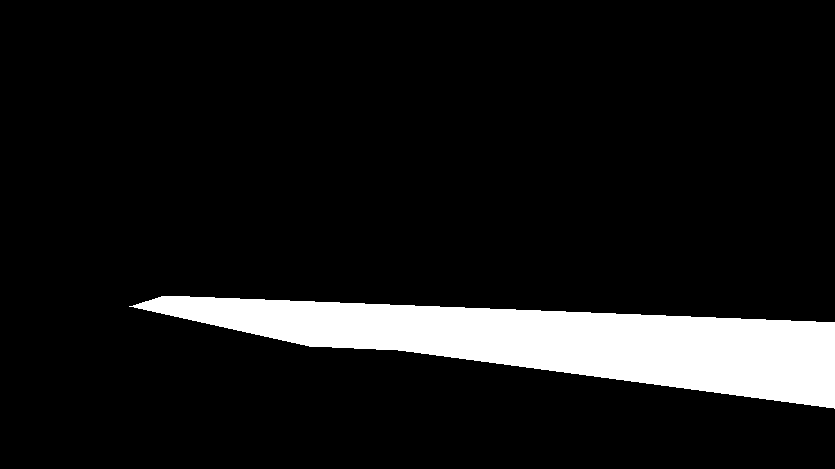 |
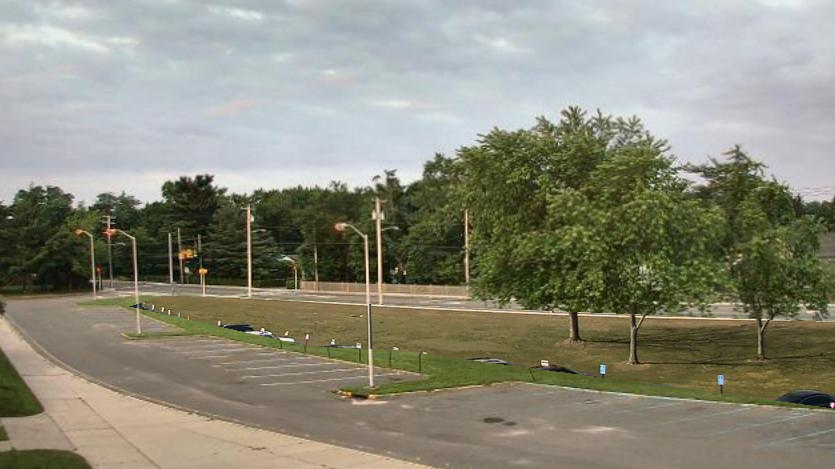 |
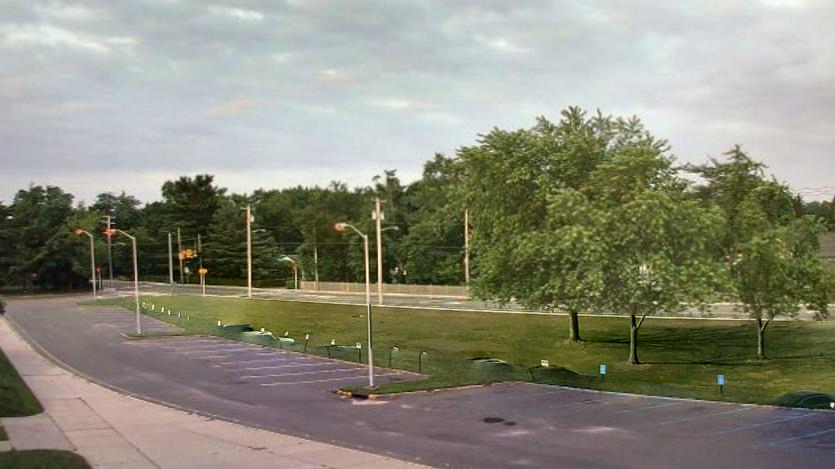 |
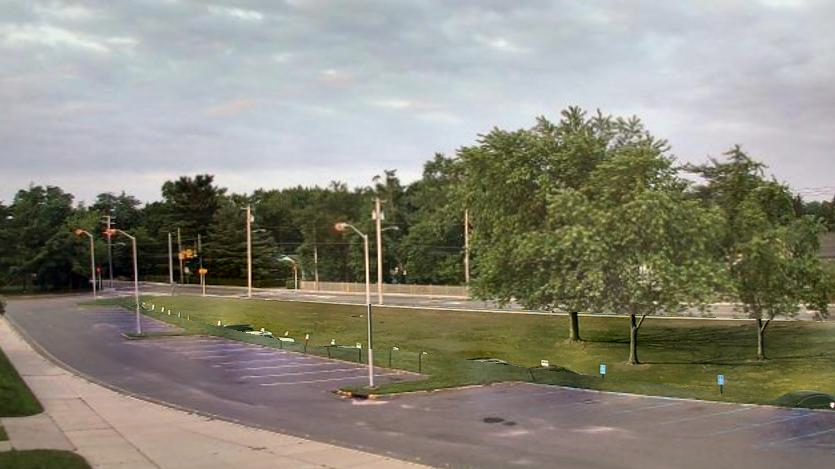 |
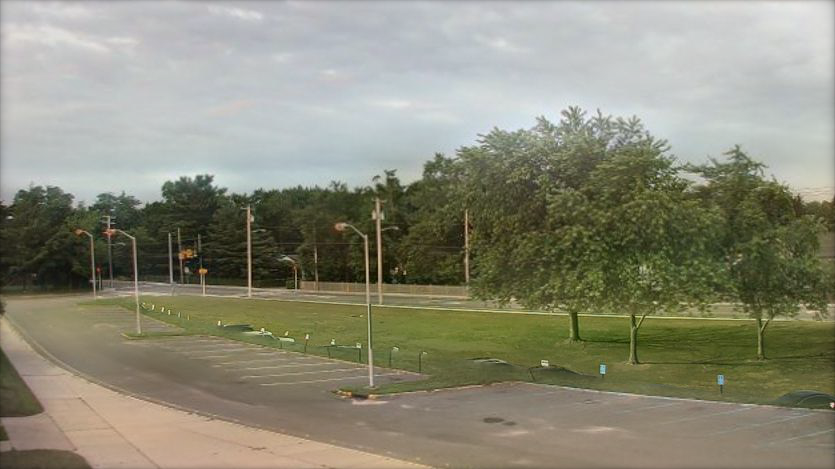 |
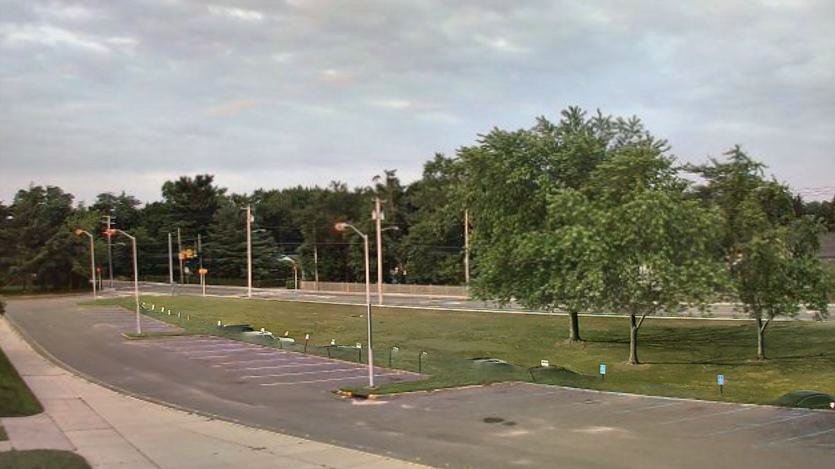 |
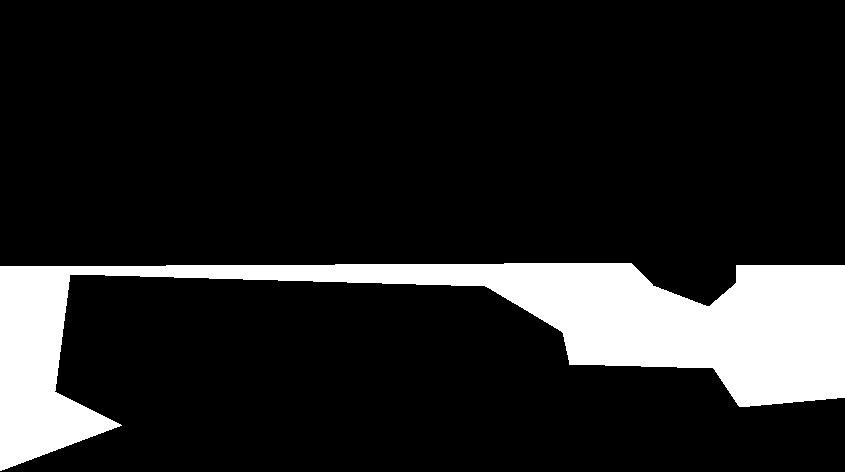 |
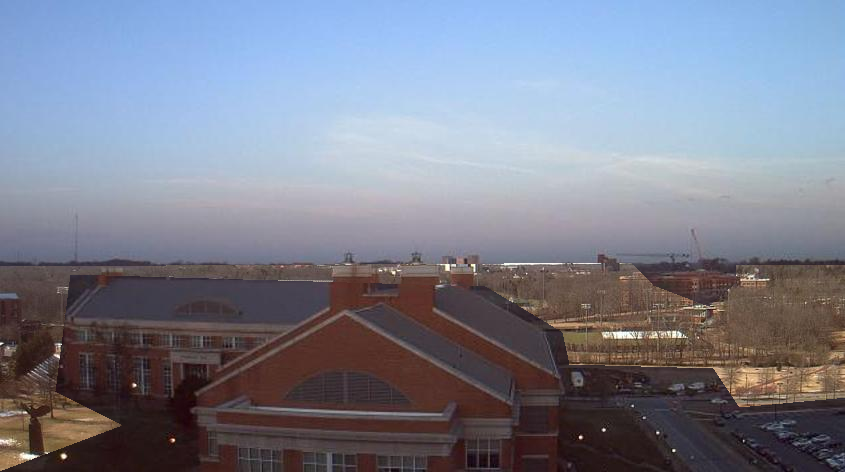 |
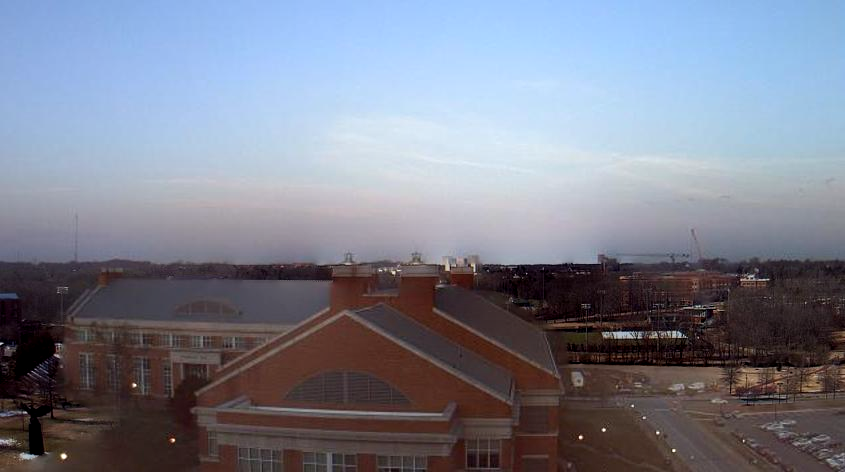 |
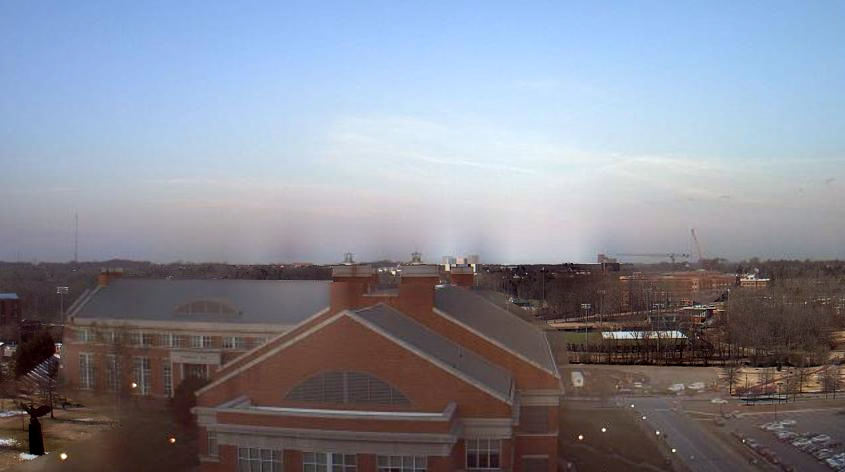 |
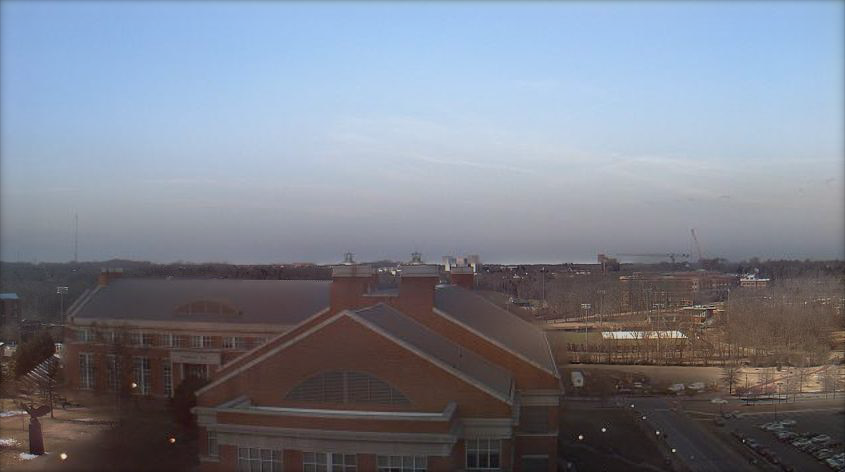 |
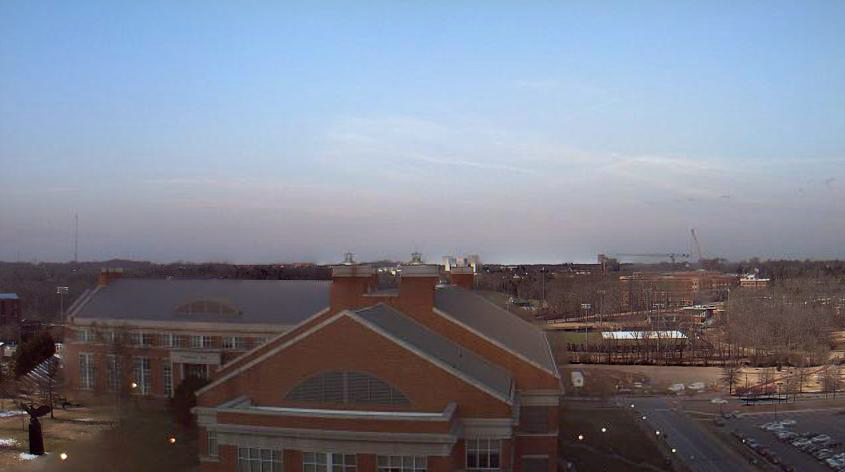 |
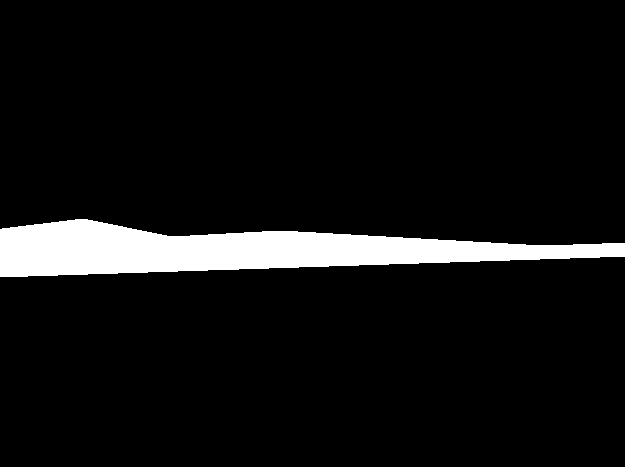 |
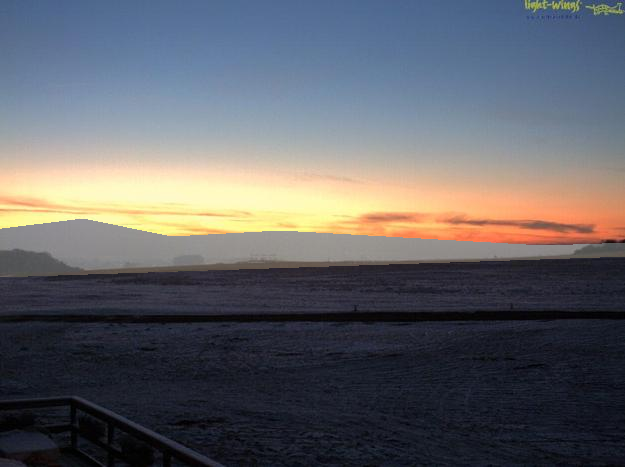 |
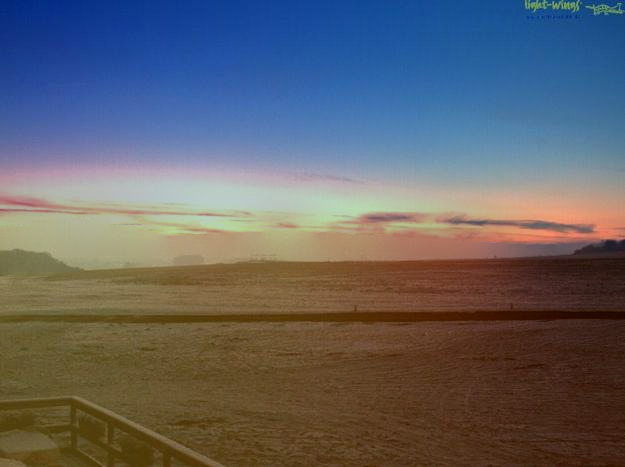 |
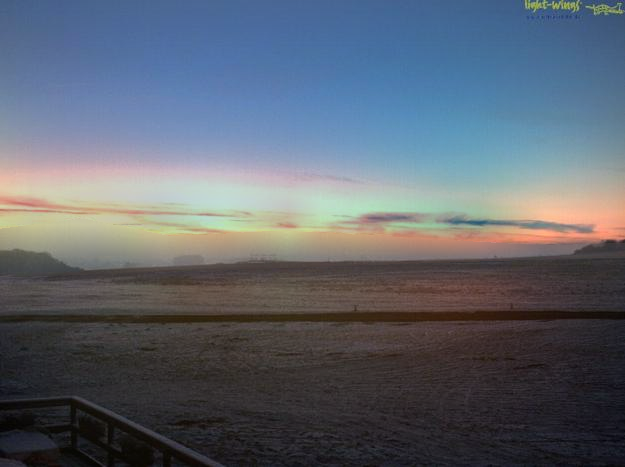 |
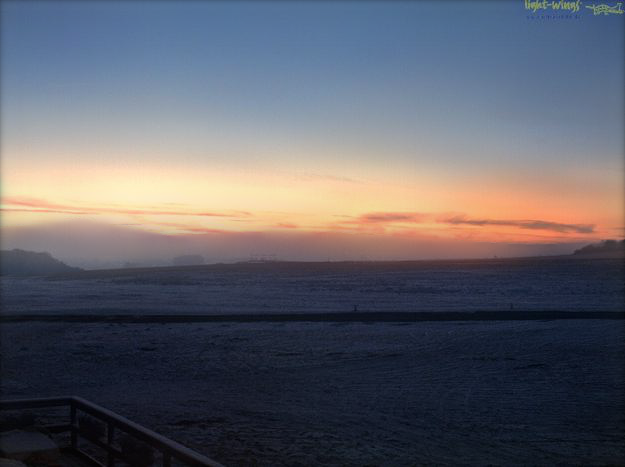 |
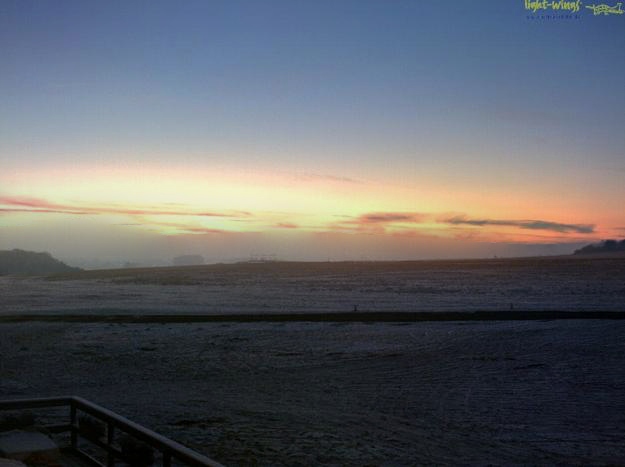 |
The code is written in Python3.5 and requires the following 3rd party libraries:
- scipy
- numpy
- fuel
pip install git+git://github.com/mila-udem/fuel.gitDetails see the official README for installing fuel.
pip install scikit-imageDetails see the official README for installing skimage.
pip install chainerDetails see the official README for installing Chainer. NOTE: All experiments are tested with Chainer 1.22.0. It should work well with Chainer 1.**.* without any change.
Type python run_gp_gan.py --help for a complete list of the arguments.
--supervised: use unsupervised Blending GAN if set to False--list_path: process batch of images according to the list
- Download Transient Attributes Dataset, see the project website for more details.
- Crop the images in each subfolder:
python crop_aligned_images.py --data_root [Path for imageAlignedLD in Transient Attributes Dataset]- Train Blending GAN:
python train_blending_gan.py --data_root [Path for cropped aligned images of Transient Attributes Dataset]- Training Curve
- Result
| Training Set | Validation Set |
|---|---|
 |
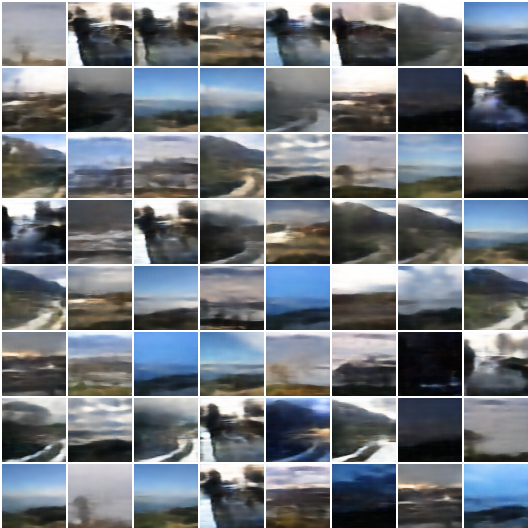 |
- Download the hdf5 dataset of outdoor natural images: ourdoor_64.hdf5 (1.4G), which contains 150K landscape images from MIT Places dataset.
- Train unsupervised Blending GAN:
python train_wasserstein_gan.py --data_root [Path for outdoor_64.hdf5]NOTE: Type python [SCRIPT_NAME].py --help for more details about the arguments.
- The folder name on LabelMe is
/transient_attributes_101 - The processed masks are in the folder
maskon this repository - Coresponding scripts for processing raw xmls from
LabelMeare also in the foldermask
Download pretrained caffe model and transform it to Chainer model:
python load_caffe_model.pyOr Download pretrained Chainer model directly.
python predict_realism.py --list_path [List File]- Install lighttgb:
sudo apt-get install lighttpd- Start server by running the script in folder
user_study:
sh light_tpd_server.sh [Image Folder] [Port]See [user_study.html] in folder user_study for details.
Code for baseline methods can be downloaded from here.
Also, the modified code for baseline methods is in folder Baseline.
- Experiment with more gradient operators like Sobel or egde detectors like Canny.
- Add more constraints for optimizing
zvector like Perception Loss. - Try different losses like CNN-MRF.
@article{wu2017gp,
title={GP-GAN: Towards Realistic High-Resolution Image Blending},
author={Wu, Huikai and Zheng, Shuai and Zhang, Junge and Huang, Kaiqi},
journal={arXiv preprint arXiv:1703.07195},
year={2017}
}

